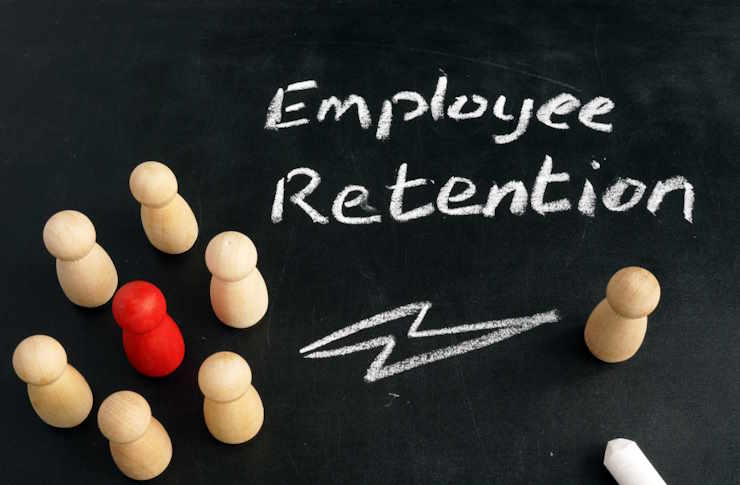Understanding Cremation Services: Process, Procedure, and Costs
Cremation has become an increasingly popular alternative to traditional burial services in recent years. For many families, understanding the cremation process, what happens during the procedure, and associated costs can help make informed decisions during difficult times. This article provides a comprehensive overview of cremation services, including the step-by-step process, what to expect, and typical cost considerations in your local area. Whether you're pre-planning for yourself or making arrangements for a loved one, this information will help clarify what cremation entails.

What is the Cremation Process Explained?
Cremation is a process that reduces human remains to bone fragments through intense heat and flame. The modern cremation process takes place in a specially designed furnace called a cremation chamber or retort, which is built to withstand temperatures between 1,400 to 1,800 degrees Fahrenheit. The entire procedure typically takes 2-3 hours, depending on various factors including body size, type of container, and the specific equipment used by the crematorium.
The cremation process begins with proper identification of the deceased, ensuring the right remains are being cremated. Any medical devices, especially pacemakers which can explode during cremation, are removed. The body is then placed in a combustible container—either a simple cardboard box or a wooden casket designed specifically for cremation—before being moved into the cremation chamber.
After cooling, the remaining bone fragments are processed into a fine, sand-like consistency that families receive as “cremated remains” or “ashes.” These remains typically weigh between 3-9 pounds for an adult and are placed in a temporary container or an urn selected by the family.
What Happens During Cremation?
During the actual cremation, several key stages take place out of public view. First, the cremation chamber is preheated to the optimal temperature. Once ready, the body in its container is placed inside the chamber. The intense heat causes organic matter to vaporize and oxidize, leaving behind only bone fragments and any non-combustible materials like dental work or joint replacements.
Throughout this process, crematorium technicians monitor the procedure to ensure it progresses properly. Each cremation is performed individually, and facilities have strict protocols to maintain dignity and respect. Contrary to common misconception, flames don’t directly contact the body—instead, the extreme heat causes the body to combust through a process called thermal degradation.
After the primary cremation is complete, a cooling period follows before the cremated remains are processed. Any metal items like surgical implants, dental fillings or jewelry that didn’t burn are separated using magnets or visual inspection. The bone fragments are then processed in a specialized machine called a cremulator, which reduces them to a uniform, granular consistency resembling coarse sand.
How Much Does Cremation Cost in Your Area?
Cremation costs vary significantly depending on location, services included, and the provider you choose. Generally, cremation is less expensive than traditional burial, making it an increasingly popular choice for many families. When considering cremation, it’s important to understand the difference between different service types and how they affect pricing.
Basic direct cremation, which includes minimal services without a viewing or ceremony, typically ranges from $600 to $3,000 in most areas. This basic service generally includes transportation of the body, necessary paperwork, the cremation process itself, and return of the remains in a simple container.
Full-service cremation, which includes a viewing, funeral service, and sometimes rental of a casket before cremation, can cost between $2,500 and $6,000 or more. Additional expenses might include an urn ($50-$1,000+), death certificates ($10-$25 each), obituary notices, and other memorial items.
Common Cremation Service Providers and Cost Comparison
Below is a comparison of typical cremation service providers and their general cost structures. These represent common options available in most areas:
| Service Provider Type | Basic Direct Cremation | Full-Service Cremation | Features Included |
|---|---|---|---|
| Funeral Home | $1,500-$3,000 | $3,500-$6,000+ | Full-service facilities, staff assistance, wider range of urns and services |
| Cremation Society | $800-$1,500 | $2,500-$4,000 | Membership benefits, pre-planning options, simplified process |
| Direct Cremation Provider | $600-$1,200 | Not typically offered | Minimal services, basic container for remains |
| Green Cremation Services | $800-$2,000 | $2,000-$4,000 | Environmentally friendly options, biodegradable urns |
Prices, rates, or cost estimates mentioned in this article are based on the latest available information but may change over time. Independent research is advised before making financial decisions.
Location plays a significant role in cremation pricing. Urban areas typically have higher costs than rural locations, and regional variations can be substantial. For example, cremation services in coastal metropolitan areas often cost 20-40% more than similar services in midwestern regions. Regulatory requirements in your specific state or province may also influence pricing through mandated waiting periods, paperwork, or facility requirements.
Additional Cremation Service Considerations
Beyond understanding the process and costs, there are other important considerations when arranging cremation services. Many crematoriums offer witnessing options, allowing family members to be present at the beginning of the cremation process. This service might incur an additional fee but can provide closure for some families.
Memorialization options after cremation are numerous and flexible. Families can choose traditional interment in a cemetery plot or columbarium niche, scatter the ashes in a meaningful location (following local regulations), keep them in an urn at home, divide them among family members, or even transform them into memorial items like jewelry or art glass.
Religious and cultural considerations are also important. While many religions now accept cremation, certain traditions have specific requirements about viewing, handling of the body, or disposition of cremated remains. Most cremation providers are experienced in accommodating various religious and cultural needs.
When choosing a cremation provider, consider researching their reputation, visiting their facility if possible, and clearly understanding what’s included in their pricing. The most cost-effective option isn’t always the best choice if it doesn’t provide the level of service and care your family needs during this difficult time.



